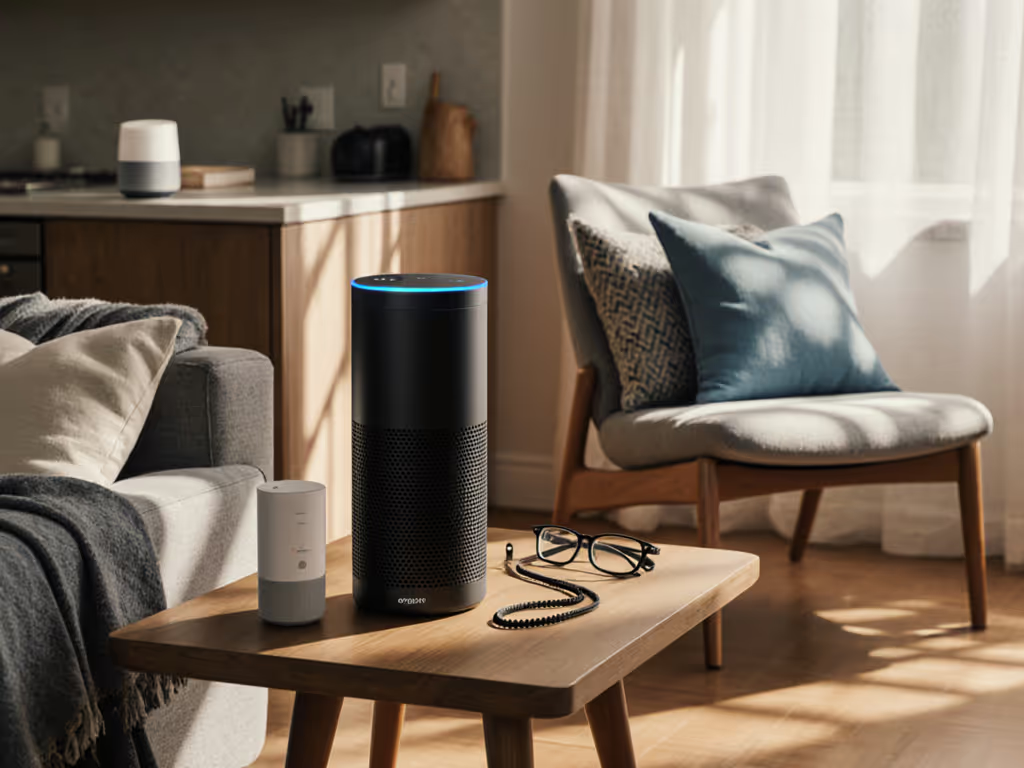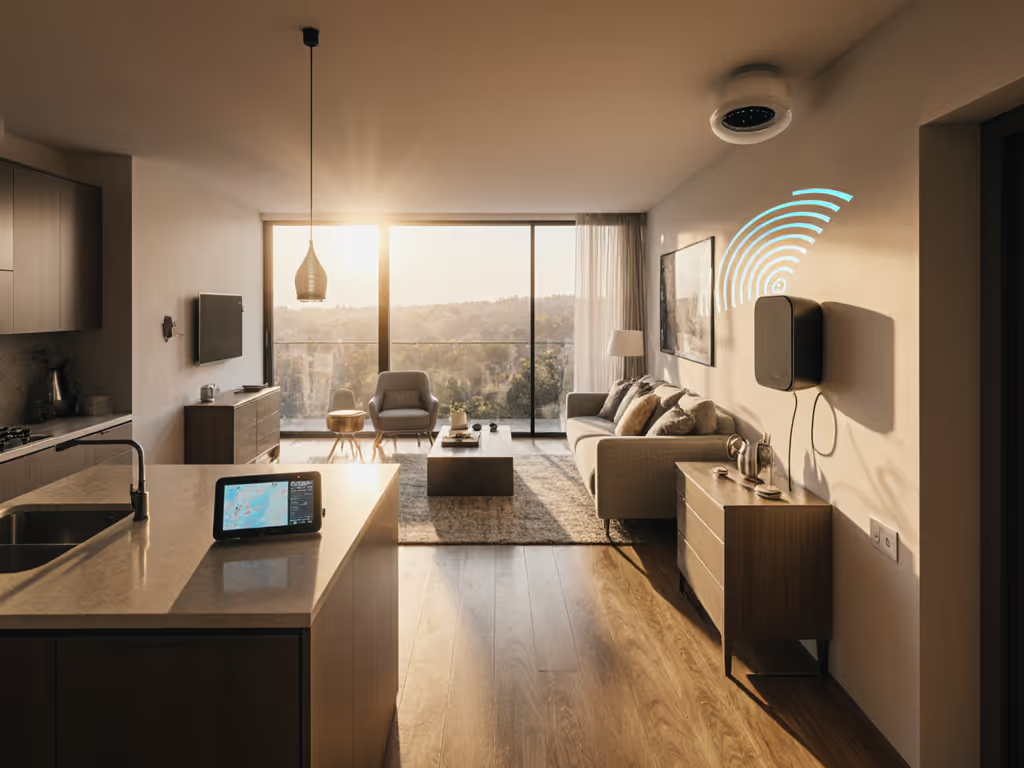
Best Smart Speaker Sound Quality Truth Revealed
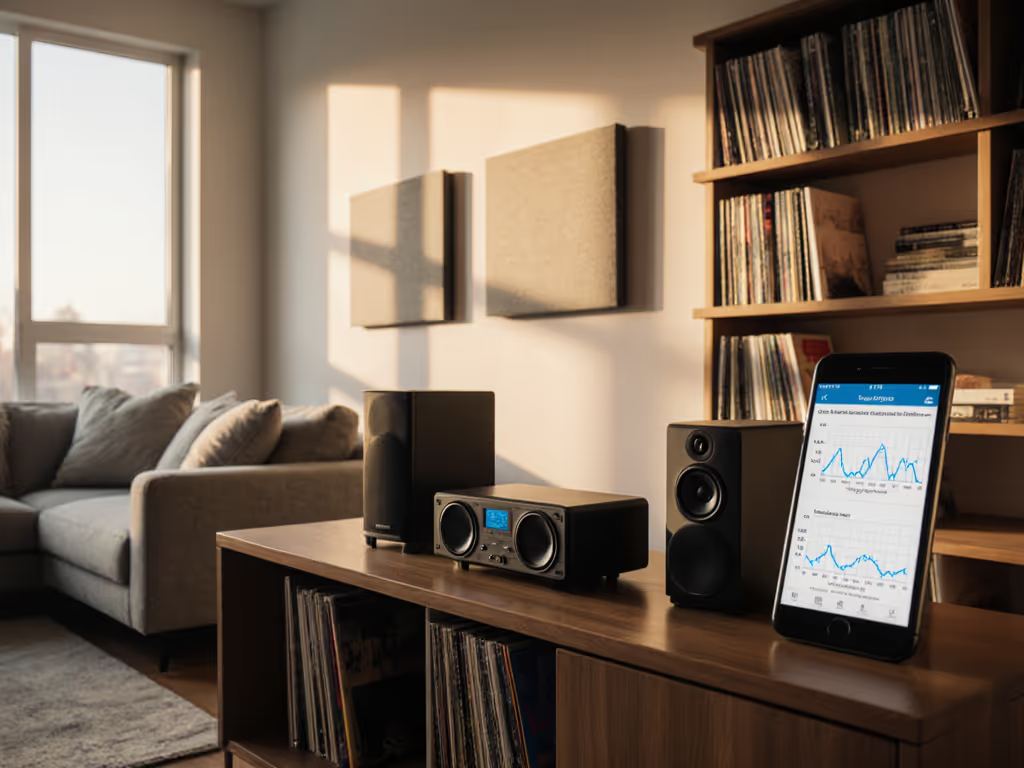
Let's cut through the marketing noise: when you're choosing the best smart speaker for your home, smart speaker sound quality isn't just about decibel ratings and frequency ranges. For households like yours (where privacy matters, where kids ask unexpected questions, and where a kitchen speaker shouldn't feel like a surveillance device), sound quality is deeply connected to how much control you actually have over your own home. After auditing dozens of devices for local processing capabilities and data flows, I've discovered that true audio quality includes whether you can trust what's happening with your voice data while you're listening.
FAQ: Smart Speaker Sound Quality Demystified
Q: Why do so many "premium speaker sound" reviews feel disconnected from real home experiences?
A: Most lab-based audio quality comparisons focus solely on speaker components and frequency response while ignoring how speakers function in actual homes (where kitchen noise competes with voice detection, where privacy settings impact processing speed, and where family members have different comfort levels with always-listening devices). For measured results in real homes, see our voice recognition accuracy tests. Consider this: a speaker might technically deliver "premium speaker sound" but if its voice assistant requires constant cloud processing, you're sacrificing both latency and privacy. Local-first defaults aren't just about privacy (they mean faster response times and consistent performance even when your internet stutters).
Ask what runs locally, not ideally. This simple question transforms how you evaluate any AI smart speaker.
Q: How does privacy impact actual audio performance beyond the obvious concerns?
A: When voice processing happens remotely rather than locally, you're facing higher latency (those split-second delays that make conversations with your speaker feel unnatural). The JBL Authentics 500 stands out because it processes voice commands locally when possible, reducing that frustrating lag. But here's what most reviews miss: when cloud processing becomes mandatory (like with Amazon's upcoming Alexa+ subscription), they often remove local processing options entirely. This isn't just a privacy downgrade, it directly impacts how smoothly your voice assistant interacts with music playback. For families, this means kids asking for songs hear delays or misinterpretations that frustrate them into abandoning the technology altogether.
Q: What should I look for in an audio quality comparison that actually matters for home use?
A: Look beyond the spec sheet to examine these three often-overlooked factors:
- Local processing capabilities for core voice commands ("pause," "volume up," basic music controls)
- Data flow transparency showing exactly where voice snippets go and how long they're retained
- Guest mode functionality that maintains core audio features without recording personal data
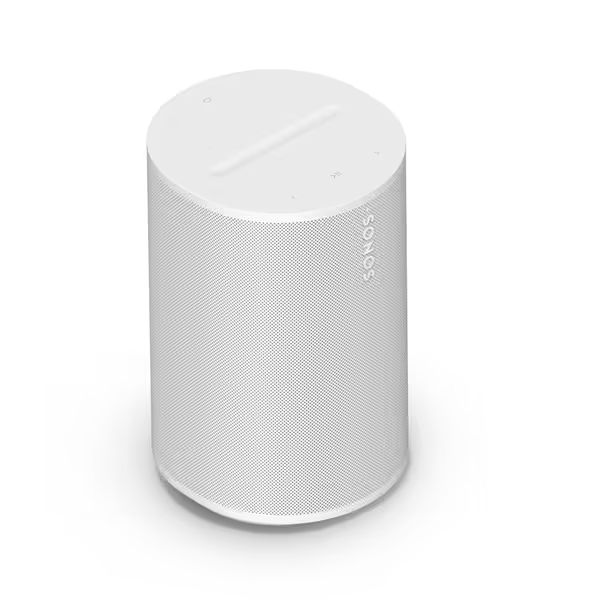
Sonos Era 100 Smart Speaker
For example, the Sonos Era 100 delivers impressive stereo separation with its dual-tweeter architecture, but its true value emerges when you realize Sonos documents specific retention periods for voice data, unlike many competitors who leave you guessing. They've built consent-first language into their app, showing you exactly what happens when you say "Hey Sonos."
Q: Can I get good voice assistant music performance without sacrificing privacy?
A: Absolutely, but you need to know what to ask. The Google Nest Audio ($75) punches above its weight for audio quality, but its new Gemini for Home assistant processes more locally than previous versions. This local-processing emphasis means clearer voice command recognition in noisy environments (like bustling kitchens) because raw audio doesn't need to travel to the cloud. Meanwhile, Apple's HomePod 2nd Generation uses on-device processing for many Siri requests, keeping your voice data on the device unless absolutely necessary.
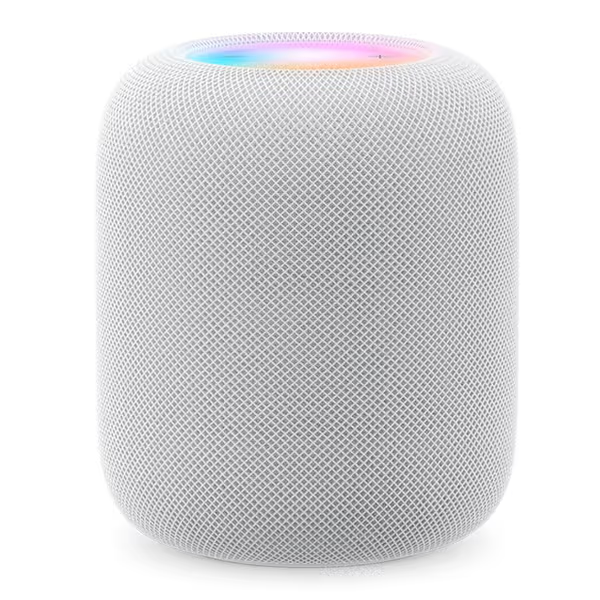
Apple HomePod 2nd Gen
The key insight here? Privacy and sound quality aren't trade-offs, they are interconnected. When you reduce the distance your voice data travels, you reduce latency, which improves the natural flow of interaction. This isn't theoretical; it's the difference between a smart speaker that feels responsive and one that feels frustratingly slow when you're trying to change tracks while cooking.
Q: How do I evaluate "best smart speaker" claims for my specific room and use case?
A: Forget one-size-fits-all recommendations. Create a simple room-by-room audit:
- Kitchen: Prioritize waterproofing, far-field mics, and guest mode clarity (no personal data)
- Bedroom: Focus on local processing for alarms, clear privacy indicators, and no cloud dependency
- Living room: Look for multi-room sync capabilities with local command fallbacks
- Home office: Seek noise cancellation and clear audio pickup for video calls
I recently worked with a family who discovered their "smart speaker sound quality" issue wasn't the hardware at all, it was that their device kept activating during family movie nights because it couldn't distinguish show dialogue from wake words. Resetting with explicit consent prompts and local processing options transformed their experience. Remember that privacy is a usability feature, if guests can't understand what's listening, it's not truly private.
Q: What's the biggest misconception about AI smart speakers and audio quality?
A: That more AI capabilities automatically mean better sound. Many new AI smart speakers actually degrade audio quality because they prioritize voice processing over music fidelity. Some sacrifice speaker quality to include more microphones, while others compress audio quality to facilitate cloud processing.
Instead, look for devices that maintain physical audio quality while being transparent about what "AI" actually means in their system. The Sonos Era 100, for instance, uses its 47% faster processor not just for voice commands but to enhance Trueplay room calibration, which genuinely improves sound quality based on your actual space.
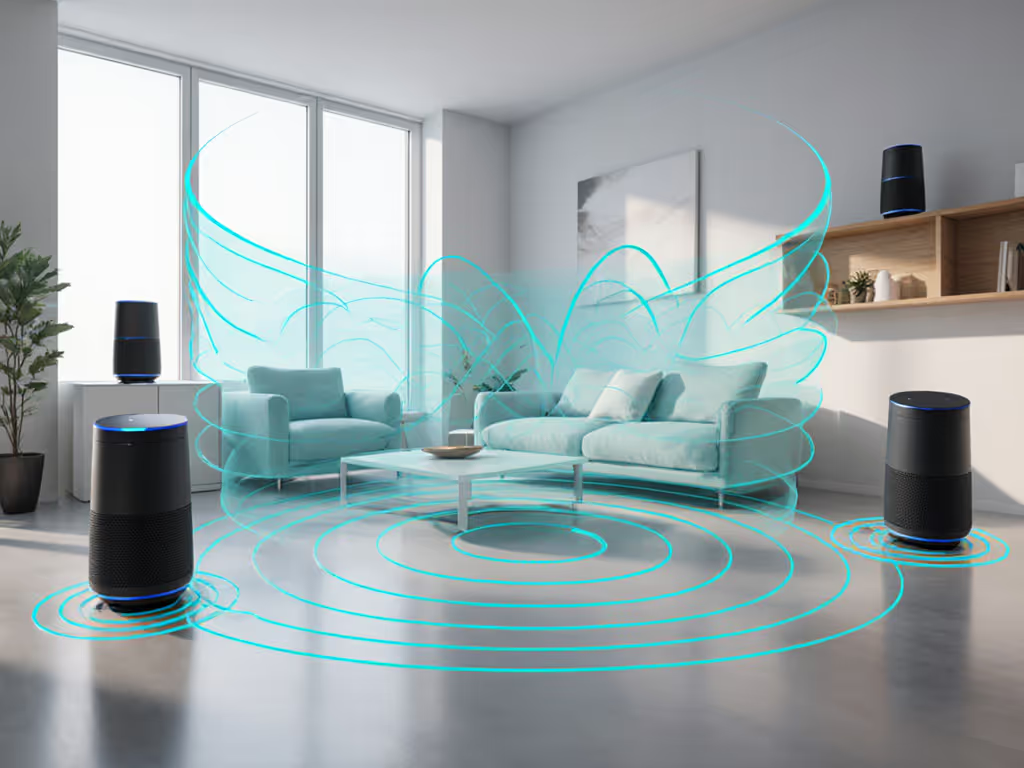
Q: How can I verify claims about local processing versus cloud dependence?
A: Check these three places before purchasing:
- The device's privacy policy for specific retention periods spelled out (not vague statements)
- Setup documentation mentioning "on-device processing" or "local voice model"
- Community forums where users discuss offline functionality
A simple test: unplug your router and see what voice commands still work. Most mainstream speakers become nearly useless without internet, but devices with genuine local processing capabilities maintain basic functionality. This isn't just about convenience, it is about whether your smart speaker remains useful during outages, which directly impacts its long-term value.
Q: What's the most overlooked factor in smart speaker sound quality that affects families?
A: Guest mode clarity. When visitors arrive, they shouldn't need to navigate buried settings to use basic functions. The best systems (like Apple's HomePod with its explicit guest mode) allow temporary access to music and timers without linking to personal accounts or recording voice data. This protects both your data and your guests' comfort.
I'll never forget watching a friend's relief when their child stopped asking why the kitchen speaker knew their nickname after we reset everything with proper guest protocols. That's when it hit me: privacy is something you feel in your home, not just read about in policies.
The Real Sound Quality Takeaway
Choosing the right smart speaker means looking beyond decibel measurements to consider how the technology integrates into your home's rhythm. True audio quality includes how comfortable you feel using the device daily, who is listening, where your data goes, and whether it works reliably when you need it most.
Your ideal speaker balances:
- Physical audio performance (drivers, tuning, room adaptation)
- Transparent data practices (retention periods spelled out, clear permissions)
- Local resilience (works during internet outages, minimizes cloud dependence)
- Guest-friendly design (no permission guessing games)
When evaluating any "best smart speaker" recommendation, always filter it through your household's specific needs, not just technical specs. The speaker that sounds best in a lab might create privacy anxiety that overshadows its audio merits in your actual home.
Further Exploration
Ready to make an informed choice that honors both your ears and your privacy? I've created a downloadable checklist that walks you through evaluating smart speakers for your specific home environment (room by room, use case by use case). It includes specific questions to ask about local processing capabilities, data retention policies, and guest access that most reviewers overlook. This isn't just another spec comparison, it is a practical tool designed for households that value both sound quality and peace of mind.
Sign up below to get this free resource and join our community of homeowners building genuinely private smart homes that actually work.
Related Articles

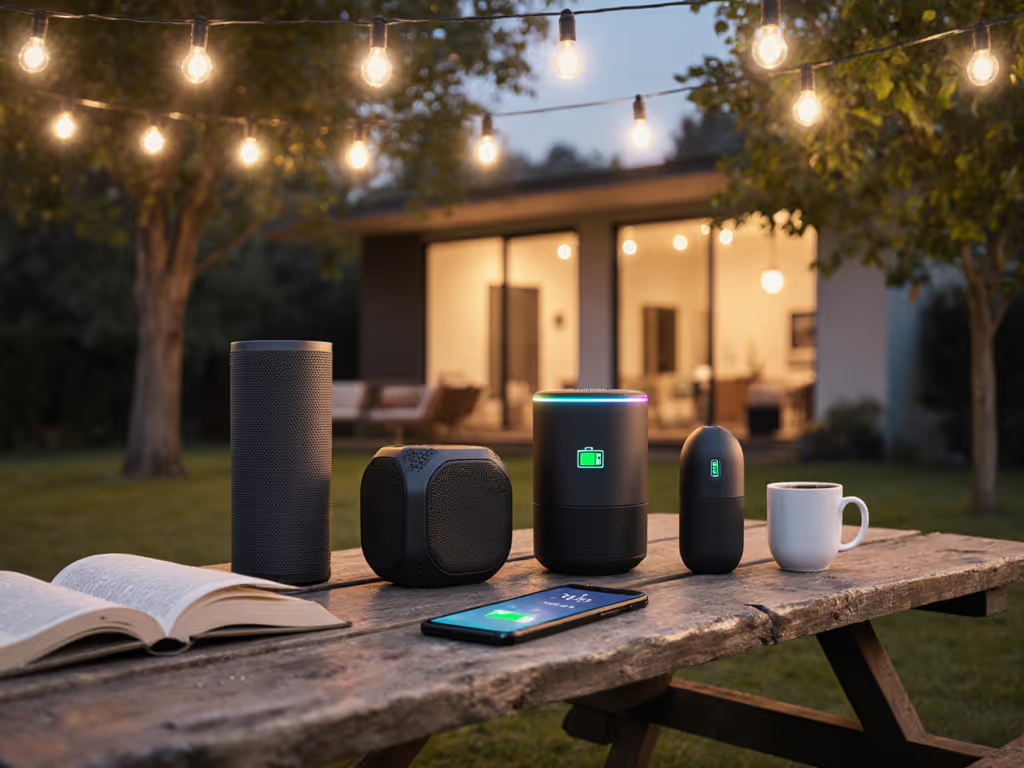
Portable Smart Speakers That Last All Day: Battery Tested
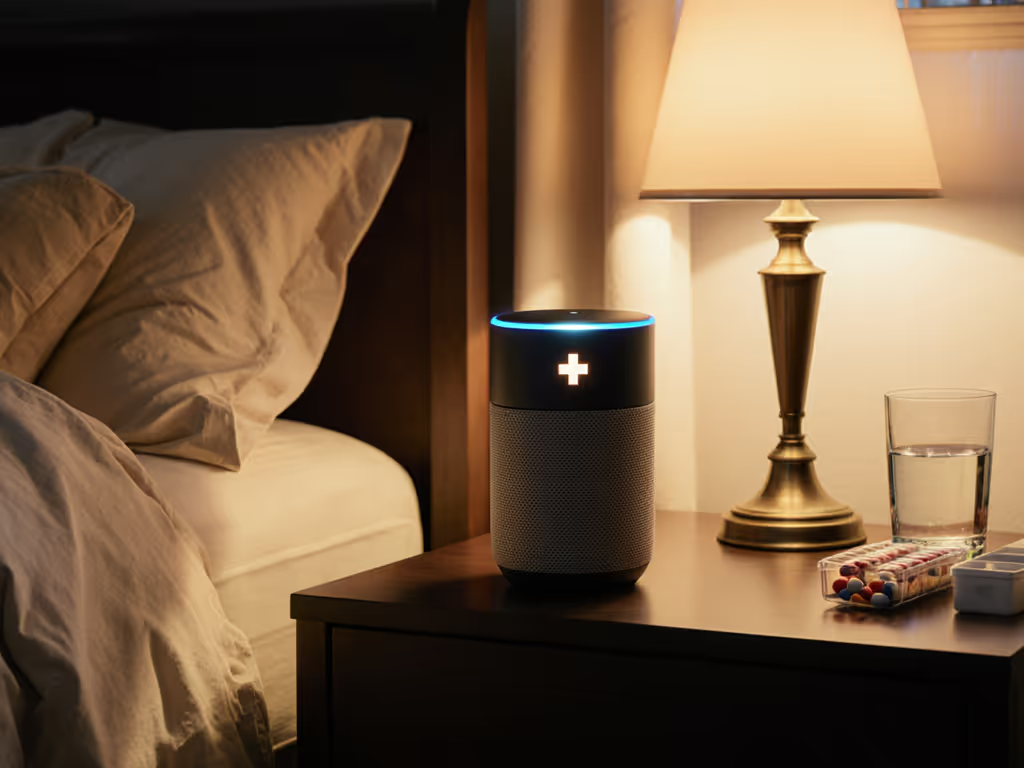
Medical Alert Smart Speakers: Home Health Monitoring Reviewed
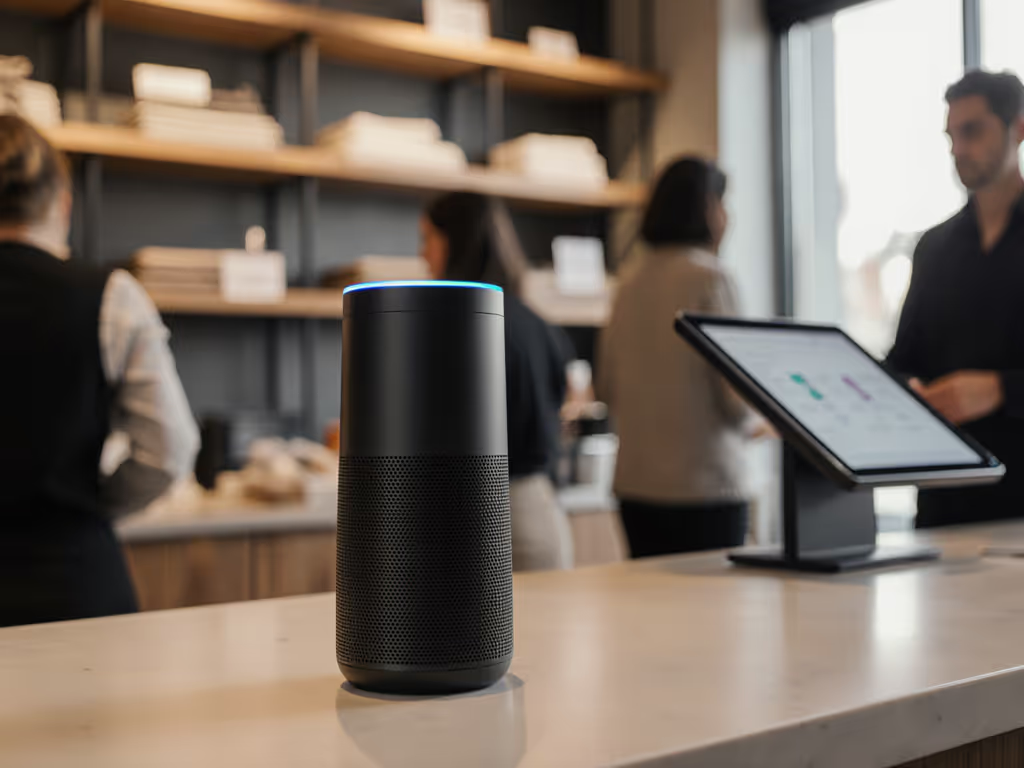
Best Smart Speaker for Small Retail Customer Service
